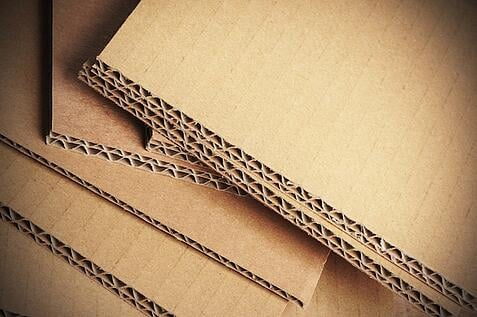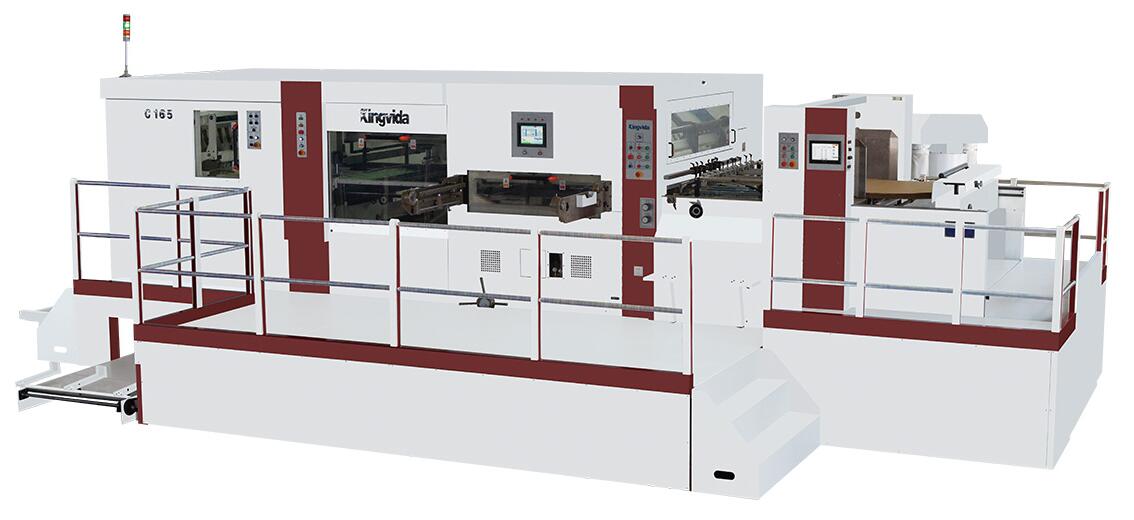When referring to any type of paper-based packaging material, the term "cardboard" is often used. However, for the professional packaging industry, the effective material used is corrugated cardboard. So what is the difference between the two? Although the two materials look similar, corrugated boxes are more durable than cardboard boxes, alleviating the concern that your product will be damaged during shipping. Read further to learn more about the differences between cardboard and corrugated boxes to enhance your packaging efforts
What's the difference in terminology?
When choosing the right packaging material to ship your product, it's important to know what type of packaging you're actually getting. If not, you may not be reflecting your brand as much as you think.
Cardboard usually refers to thick paper or heavy pulp. You can see this material used for cereal boxes or greeting cards. Although corrugated boxes are made from some cardboard, it is important to know that these materials are not the same.
Corrugated cardboard consists of three layers of paper, including an inner liner, an outer liner and a pleated shape with a groove in between. This type of material enhances the packaging process for the following reasons.
► Durable
►Lightweight with high strength to weight ratio
►Product protection
►Cost-effective
►Environmentally friendly
In summary, while these differences may seem insignificant at first glance, it should be easy to see that cardboard is best reserved for items such as cards and cereal boxes. Corrugated, on the other hand, is the packaging material of choice for shipping boxes. When made into boxes, corrugated is perfect for shipping because they are very strong and durable, and easy to recycle.
Enhancing the packaging process
For companies that send multiple packages per day, it's critical to have the right shipping materials to ensure that products are safe and delivered to their destination in impeccable condition. To increase security and enhance your brand, corrugated boxes can be sealed with water-activated tape (WAT).
Made primarily from kraft paper tape, WAT forms a permanent bond to corrugated boxes and, unlike plastic tape, cannot be torn off without leaving signs of tampering. Water-activated paper tapes are typically reinforced with multiple layers of polyethylene strands that come in a variety of widths and thicknesses.
Once the packaging tape adhesive is water-activated, the adhesive penetrates the carton material and the tape forms a permanent bond to the carton.WAT offers several advantages that other carton sealing solutions cannot.
The tape is strong enough for heavy duty cartons, versatile enough to seal cartons of different sizes, can withstand extreme environments, and has the ability to print your logo directly on the paper packaging tape of the shipping tape dispenser. With the ability to choose from manual tape dispensers or electric tape dispensers, you'll have the best carton sealing method for your business.

We are a supplier of corrugated box die cutting machine, please feel free to contact us for your needs.
评论
发表评论